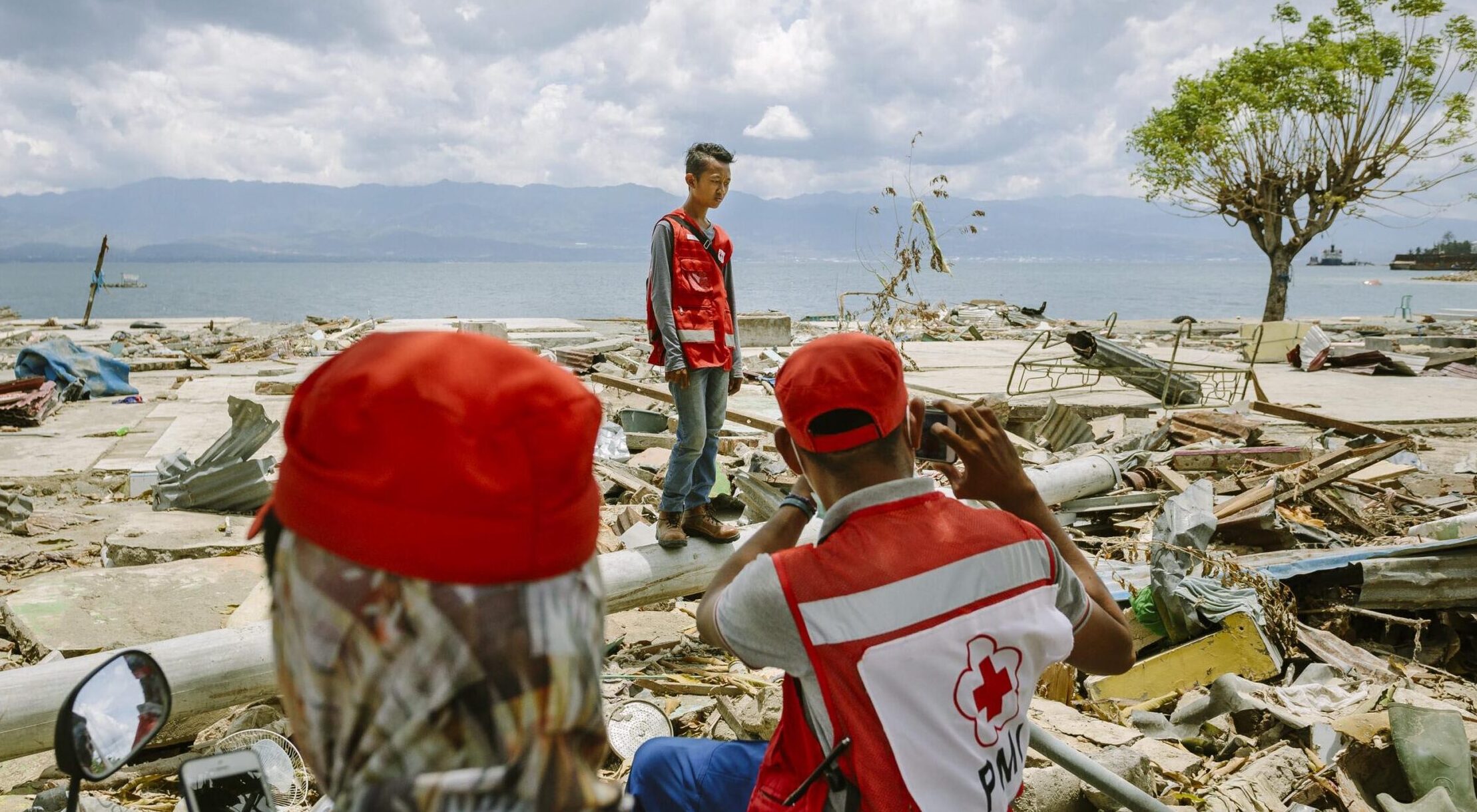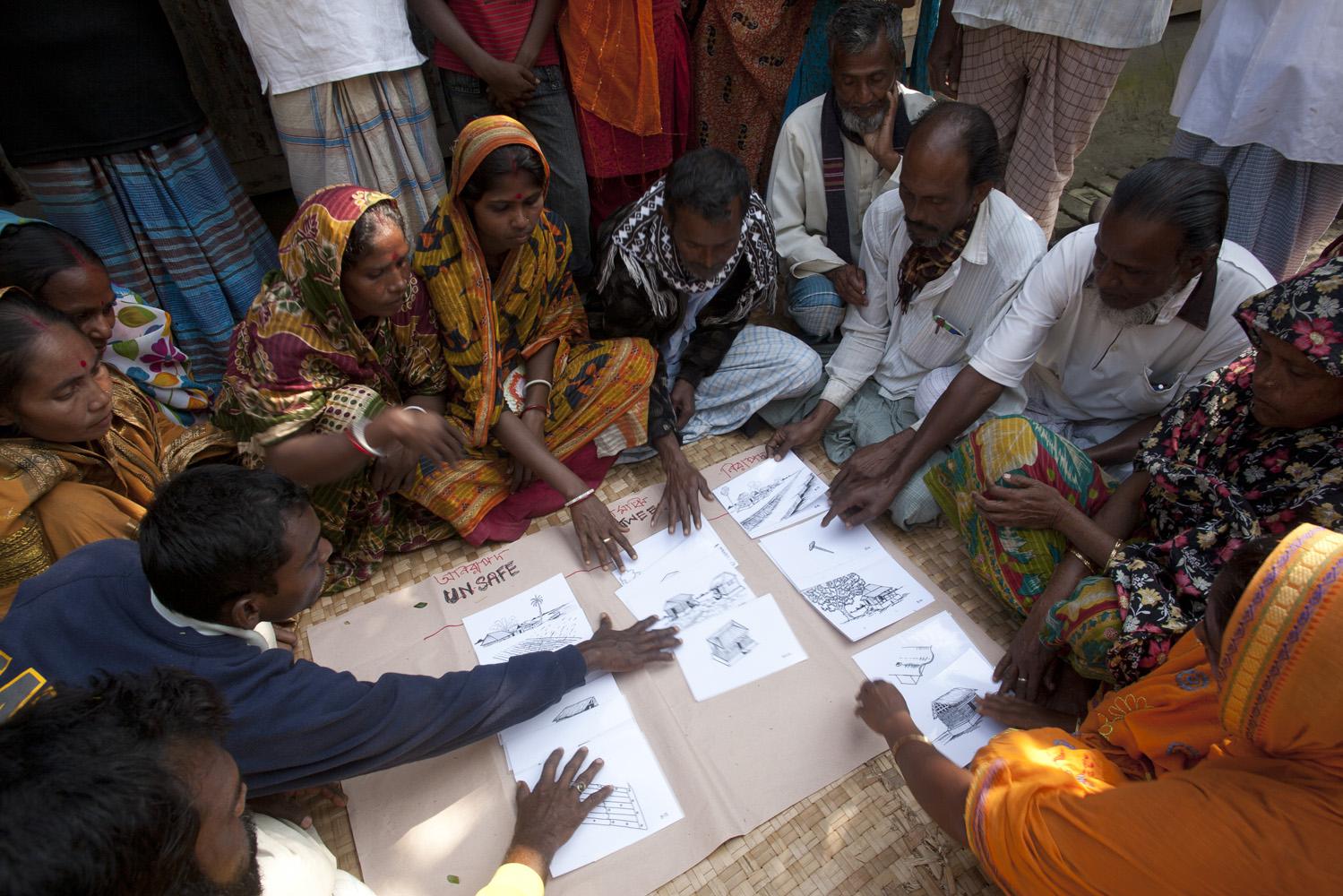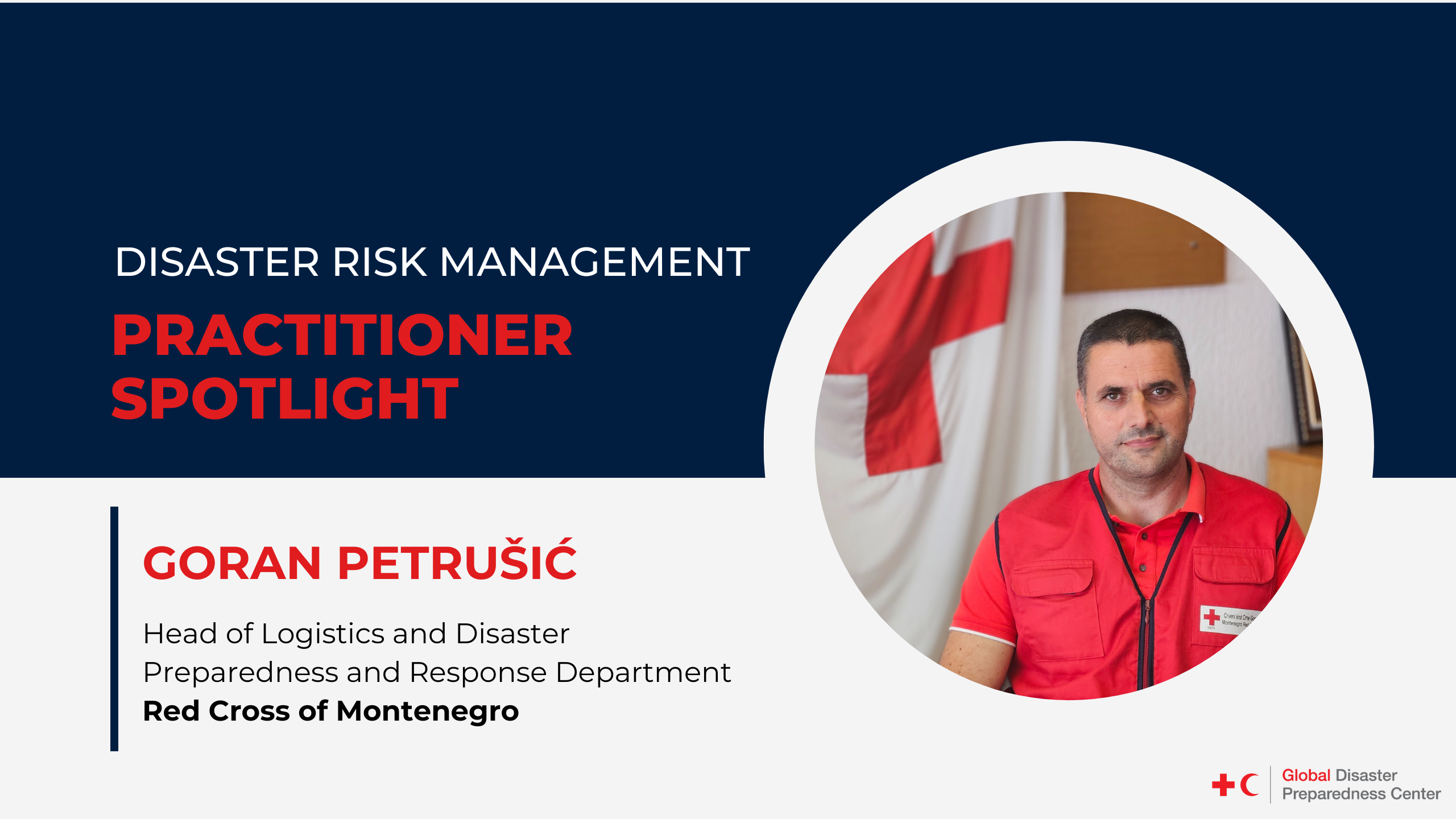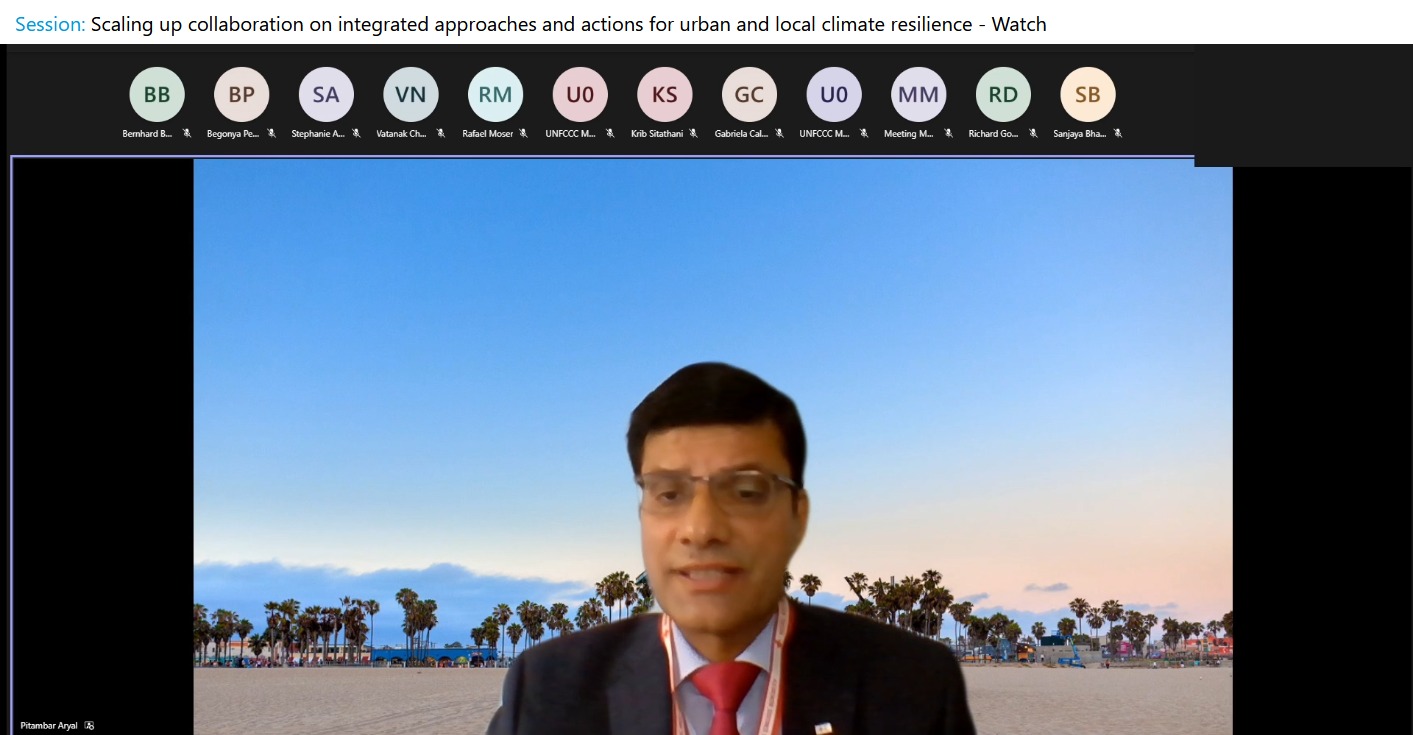Addressing Disaster Risk Governance through the Lens of Legal Preparedness

Authors: Rachel Macleod, IFRC Senior Disaster Law Officer, and Tommaso Natoli, Disaster Law Focal Point for EU at the Italian Red Cross and IFRC
In the context of climate change, a commonly accepted narrative is that increasingly frequent and severe disasters are unavoidable and beyond our control. However, this narrative is deeply flawed. It insinuates, incorrectly, that communities and societies are largely powerless in the face of unpredictable and inevitable forces beyond their control.
To the contrary, disaster risk and disaster impacts depend largely on physical, social, economic and environmental factors that are within our control. At the domestic level, it is possible to greatly reduce disaster risks and impacts by developing a comprehensive and effective disaster risk management (DRM) system. The foundation for a strong DRM system is disaster risk governance, meaning the ensemble of laws, policies, plans and institutional arrangements pertaining to DRM.
International Efforts to Strengthen DRM
While the pernicious narrative of human frailty in the face of disasters persists, governments around the world are increasingly recognizing that there is much they can do to strengthen DRM. At the international level, this is evidenced by developments such as the adoption of the Sendai Framework for Disaster Risk Reduction 2015-2030, the International Law Commission’s Draft Articles on the Protection of Persons in the Event of Disasters and the numerous references to DRM in the Sustainable Development Goals and the New Urban Agenda.
Equally, it is evidenced by the international community’s ongoing efforts to revise the International Health Regulations (2005) and to negotiate a new international pandemic instrument. Governments are also increasingly recognizing the overlap between DRM and climate change adaptation (CCA) and, therefore, the role of effective DRM in achieving the global goal on adaptation established by the Paris Agreement.
Progress at Regional and Domestic Levels
Momentum is also growing at the regional level. During the past two decades, regional organisations in the Americas, the Asia Pacific, the Caribbean and Europe have adopted agreements establishing regional disaster assistance mechanisms as well as a wide array of regional policies on DRM.
At the domestic level, during this period there has been strong growth in domestic law and policy reform, with many governments enacting modern, comprehensive disaster legislation and adopting national disaster risk reduction strategies. Governments are increasingly moving towards a multi-hazard approach and scaling up investment in prevention, mitigation, preparedness and anticipatory action.
While significant progress has been made towards strengthening disaster risk governance, there remains much more to do. Indeed, the recent Mid-Term Review of the Sendai Framework finds that progress towards strengthening disaster risk governance has been varied and that there is a continued need to enhance legal frameworks.

New Guidelines on Disaster Risk Governance
The International Federation of Red Cross and Red Crescent Societies (IFRC) has been active in disaster law for over 20 years. During this period, it has developed leading research and recommendations on how domestic instruments — laws, regulations, policies, plans and standard operating procedures — can provide the foundation for a comprehensive DRM system.
The Guidelines on Disaster Risk Governance, currently available in a Pilot Version, represent the culmination of IFRC’s two decades of work in this sector, consolidating an extensive body of research and recommendations into a single document. The Guidelines are designed to support states in their efforts to strengthen disaster risk governance and become legally prepared for disasters.
Legal preparedness for disasters and emergencies refers both to a process and an outcome. As a process, legal preparedness refers to reviewing and strengthening legal instruments to ensure they: (i) provide an enabling environment for effective and efficient DRM; and (ii) mitigate the common legal problems that arise during disasters and emergencies. It also includes implementing existing legal arrangements through developing operational procedures and plans, training actors (especially concerning their roles and responsibilities), and dissemination and awareness raising for the general public. As an outcome, legal preparedness refers to the state of being legally prepared, meaning having in place well-designed, well-understood and well implemented laws, regulations, procedures and plans relating to disasters and emergencies.
It is with the aim of enhancing these two conceptions of ‘legal preparedness’ that the Guidelines have been designed, namely to provide a benchmarking tool that can be used to guide the development and review of domestic instruments. The Guidelines also aim to provide guidance on the implementation of relevant international instruments, most notably the Sendai Framework and the International Health Regulations (2005). The Guidelines adopt a holistic approach, identifying how different types of instruments — laws, regulations, policies, plans and Standard Operating Procedures (SOPs) — can collectively provide a comprehensive framework for effective DRM, with the ultimate aim of keeping people safe from the impacts of disasters and climate change.
For any further information or request please contact IFRC Disaster Law here.



